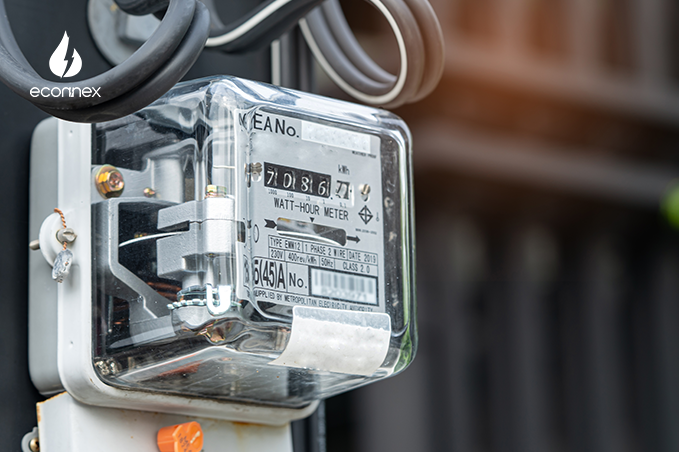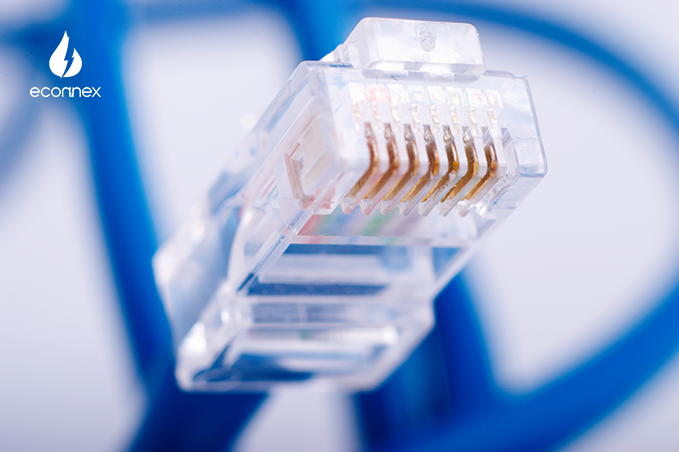How do energy discounts function? Explore the mechanics behind these offers and learn how to maximize savings on your power bills.

Published on 14/07/2023
By Parneet Kaur
Energy Comparison
We’ve all seen the ads – maybe we’ve even signed up to a certain energy retailer because of them. We’re talking about energy discounts. You can get discounts if you pay on time, discounts for off-peak usage discounts just for signing up! But how do they work, and do they actually save you money? For starters, we need a history lesson.
In the late 1990s, all states barring Western Australia & Northern Territory deregulated the price controls on electricity and gas and joined the National Electricity Market (NEM). Participants in the NEM buy electricity from generators (suppliers) and deliver it to over 19 million customers based on demand. The middlemen that face the consumer (that’s you) are energy retailers. These are the administrators of accounts, and “sell” the electricity to you. They can set usage charges, and daily supply charges, and of course, discount these rates under certain conditions.
The types of deals the retailers make are “market retail offers.” This contrasts with a “standard retail offer” which is usually set by government agencies. A standard offer might freeze prices for a set period (usually six months) and offer the lowest possible price. Market offers are the kinds of electricity and gas plans you find advertised on TV and billboards. Retailers can offer discounts, price freezes, and even gadgets or gift cards just so you sign up with them. Seeing a big number of discounts doesn’t mean you will save more money.
Large discounts such as 20% or 30% might look great but they can conceal the extent of the savings. For example, discounts might only apply if you pay on time, bundle energy (gas and electricity), go paperless/electronic, or pay via direct debit.
The fine print might show that the percentage discount is only off a part of the bill, not the entire amount. The 20% might apply to the usage charges only. Or it could apply to the daily supply charge. Let’s say you get a 10% discount on the entire bill or a 20% on supply charges. Your monthly bill is $400.
The first offer means a $40 discount. Let’s use the same amount, assuming supply charges are $1 per day. $1 x 31 = $31. That’s only a $6.20 discount. This is an extreme example, but big flashy discounts might not be all they’re cracked up to be. Sometimes choosing a lower tariff (usage rate) with no discount could be better.
Many comparison websites flash great discounts in your face so they can push people into certain retailers. Many websites don’t give you the full (estimated) amount each month with various retailers. This prevents you from making an “apples for apples” comparison. A new 100% online comparison site does – check out Econnex for unbiased, quick comparisons here.



